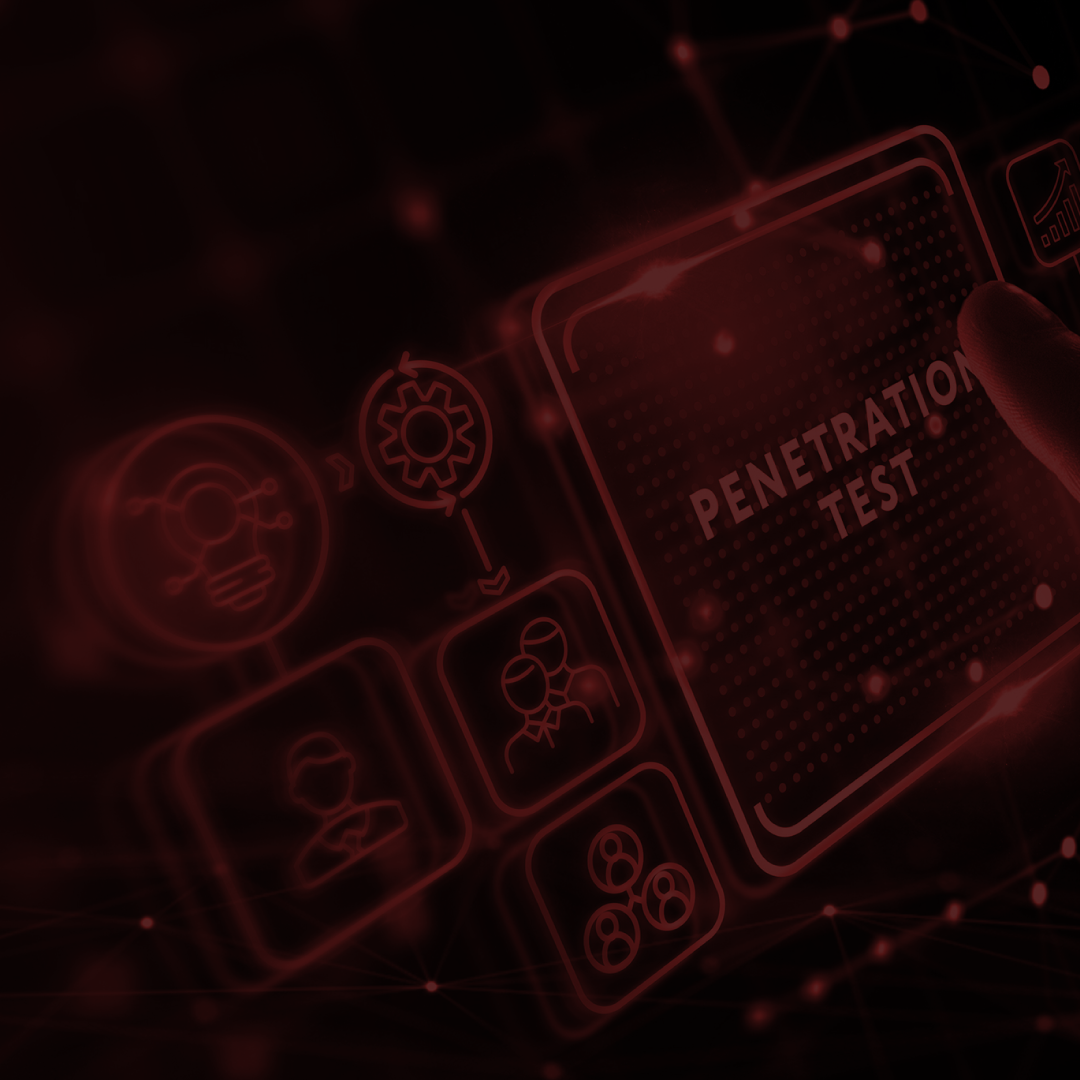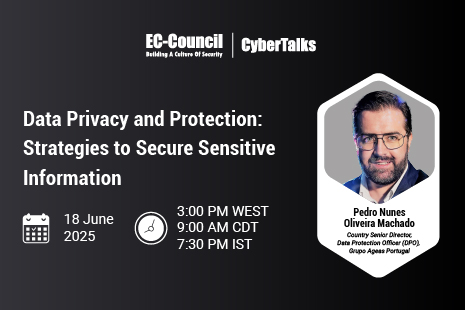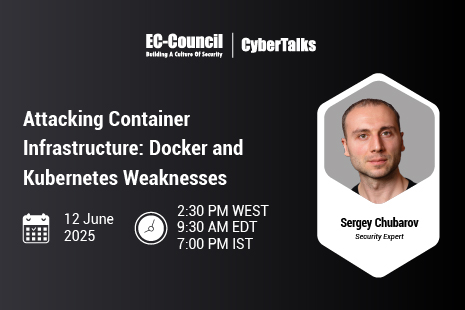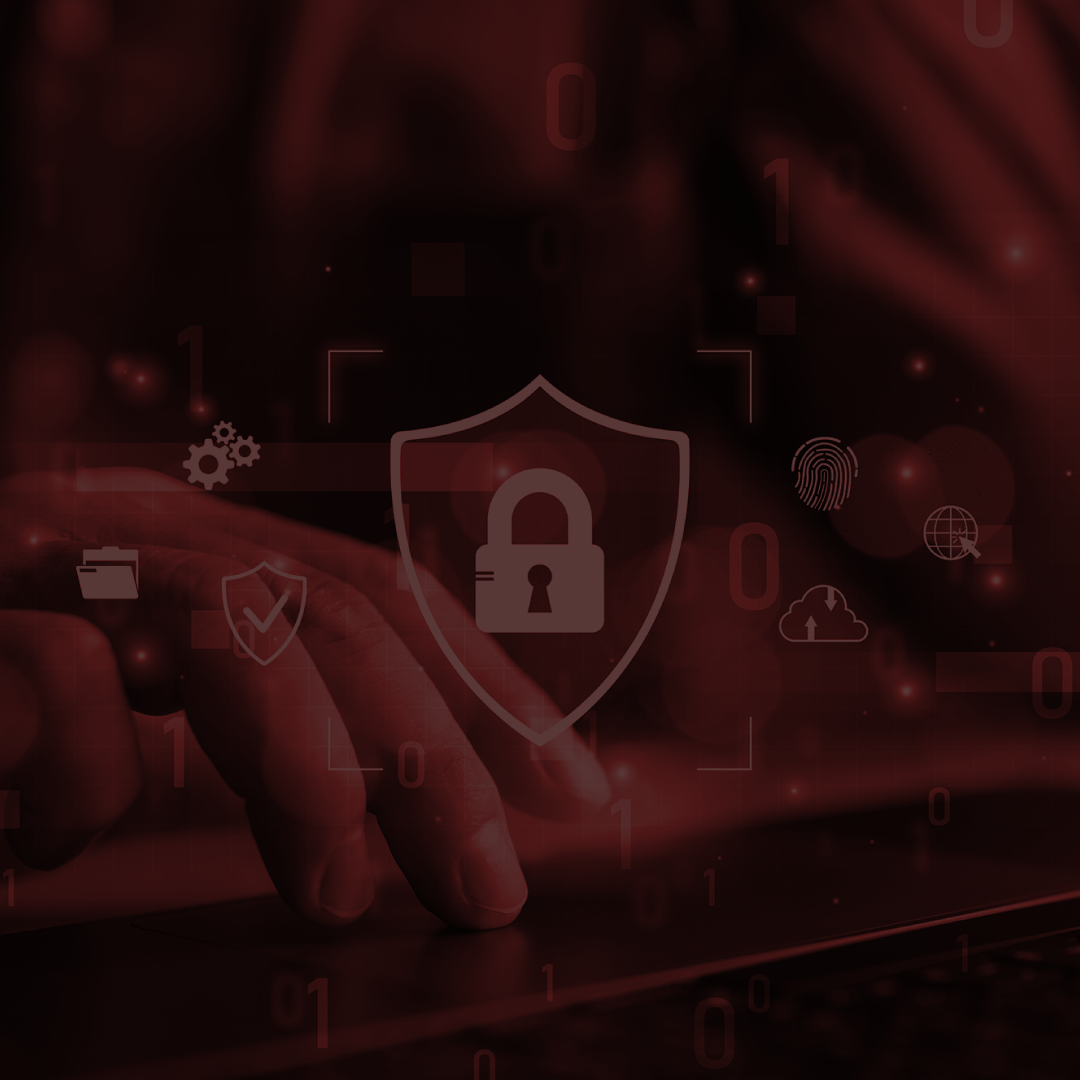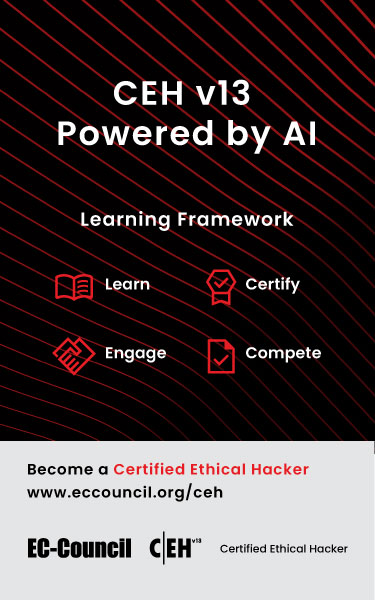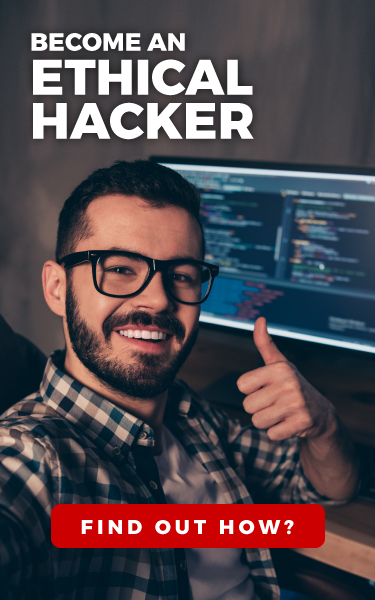The world is rapidly becoming more digitized, with nearly every aspect of our lives connected to the internet, from streaming services to smart devices. IoT, or the Internet of Things, refers to the interconnectedness of everyday objects and devices that can collect and share data, such as your Fitbit or the kitchen fridge. The potential for increased efficiency, convenience, and safety is huge, but there are also some inherent security risks associated with IoT.
What Is IoT?
IoT is a system of interconnected devices and objects that can collect and exchange data. The IoT can be used to create smart homes, smart cities, and connected devices that make our lives easier and more efficient (AWS).
IoT devices typically come with sensors that enable them to collect and transmit data from their surroundings to a central server. This data can be used to control the device or trigger specific actions. For example, a car sensor could be used to detect when the vehicle is low on fuel and automatically order more from the nearest fuel station.
What Are the 3 Types of IoT Devices?
There are three main types of IoT devices: consumer, enterprise, and industrial (Brown, 2020).
Consumer IoT refers to devices that individuals use for personal use, including smart home devices, wearable tech, and connected cars. Enterprise IoT consists of devices that businesses and organizations use, such as security cameras, point-of-sale systems, and fleet management systems. Industrial IoT devices are used in industrial settings, like manufacturing plants and factories.
Each type of IoT device has its own set of benefits and challenges. Consumer IoT devices are often less expensive and easier to use than enterprise or industrial IoT devices. However, they may not be as secure or reliable. Enterprise IoT devices are typically more expensive and complex, but they offer more features and greater security. Industrial IoT devices are usually the most expensive and complex but provide the highest level of security and reliability.
What Is an Example of an IoT Device?
An example of an IoT device is a Nest thermostat. The Nest thermostat is connected to the internet and can be controlled remotely. It can also be programmed to automatically adjust the temperature based on your location and schedule. Other examples of IoT devices include smart TVs, home security systems, and smart refrigerators.
What Are the Benefits of IoT?
- Improved efficiency: One of the primary benefits of IoT is that it can help organizations to become more efficient. By collecting data from devices and sensors, businesses can gain insights into their operations and identify areas where improvements can be made. For instance, an organization might use IoT data to optimize its production line or to reduce energy consumption.
- Improved safety: IoT devices can be used to improve safety by monitoring conditions and providing early warning of potential hazards. For example, sensors can be used to detect gas leaks, fires, or flooding. By providing early warnings, IoT devices can help to prevent accidents and save lives.
- Reduced costs: The improved efficiency that comes with IoT can also lead to reduced costs. By eliminating waste and reducing energy consumption, businesses can save money. Additionally, the data collected by IoT devices can be used to generate new revenue streams or to develop new products and services.
What Industries Benefit from IoT?
IoT is already impacting several industries, including manufacturing, healthcare, energy, and transportation. Here are some examples of how IoT is being used in these industries:
- Manufacturing: Manufacturers are using IoT to track production equipment and inventory levels in real time. This information can be used to improve production efficiency and quality control.
- Healthcare: Healthcare providers are using IoT to track patients’ vital signs and medical records. This information can be used to improve patient care and prevent medical errors.
- Energy: Energy companies are using IoT to monitor energy consumption and optimize the distribution of power. This information can be used to reduce energy costs and help the environment.
- Transportation: Transportation companies are using IoT to track vehicles and their surroundings. This information can be used to improve safety, efficiency, and traffic flow.
What Problems Can IoT Solve?
IoT can be used to solve many different types of problems, both big and small. Here are just a few examples:
- Tracking inventory levels in real time: With IoT devices attached to products, businesses can track inventory levels in real time and automatically reorder stock when levels get low. This eliminates the need for manual inventory checks and reduces the chances of products selling out.
- Improving safety: IoT devices can be used to monitor environmental conditions and alert people to potential hazards. For example, sensors can be used to detect gas leaks or smoke and then send an alert to those in the area.
- Reducing traffic congestion: Municipalities can use IoT to reduce traffic congestion by collecting data on traffic patterns. This is done by adjusting traffic signals and routing vehicles along less congested routes.
What Are the Risks of IoT?
Every day, technology advances, bringing with it new risks. IoT is no different. In fact, it may be even more dangerous due to the interconnectedness of devices. Let’s look at some of the risks associated with IoT so that you can be aware of them and take steps to protect yourself.
One of the biggest risks with the Internet of Things is data breaches. Because these devices are connected to the internet, especially LPWAN, they are vulnerable to hacking. If a malicious hacker can gain access to one device, they can often gain access to others on the same network. This could allow them to steal personal data or even cause physical damage (ARCHON).
Another risk is that of malware, which is software that is designed to damage or disable computers. It can be used to steal data, delete files, or even take control of a device. IoT devices are particularly susceptible to malware because they often have weak security.
The Internet of Things is a constantly growing network of interconnected devices that can communicate with each other. These devices range from simple everyday objects to complex industrial machines.
As the number of IoT devices and IoT-based projects continues to grow, so does their potential to solve various problems and improve our lives. However, there are also risks associated with this technology that must be considered before implementing it into your business or personal life.
If you want in-depth training on IoT security, consider EC-Council’s Certified Ethical Hacker v12 program. It trains learners on various operational technology (OT) and IoT attacks, hacking techniques, tools, and countermeasures. The course teaches participants the latest commercial-grade hacking tools, techniques, and methodologies used by hackers and information security professionals to lawfully hack an organization. Learn more about C|EH v12 program here.
References
AWS. What is IoT? https://aws.amazon.com/what-is/iot/
Brown, T. (2020, November 9). What are IoT devices. IT Chronicles. https://itchronicles.com/iot/what-are-iot-devices/
Archon Secure. What are the risks associated with industrial IoT (industrial Internet of Things)? https://www.archonsecure.com/blog/what-are-the-risks-associated-with-industrial-iot
About the Author
Ryan Clancy is a writer and blogger. With 5+ years of mechanical engineering experience, he’s passionate about all things engineering and tech. He also loves bringing engineering (especially mechanical) down to a level that everyone can understand. Ryan lives in New York City, and writes about everything engineering and tech.




